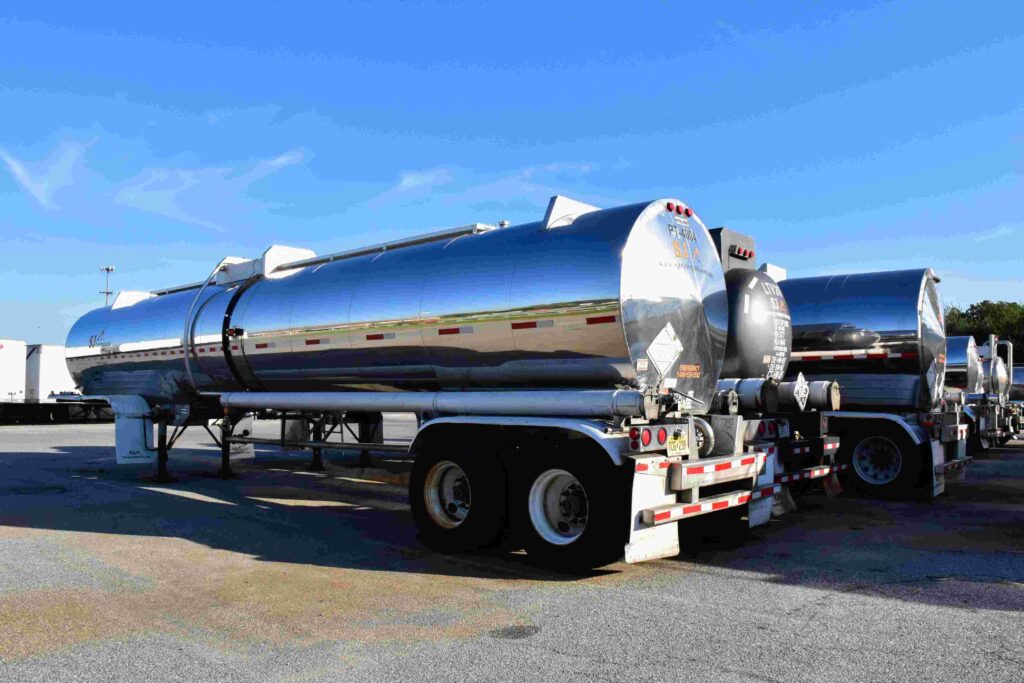
Choosing a Vehicle Camera System Part 2 – Your Fleets Pain Points
Editor’s Note: This is part 2 of a 6-part series
In a 6-part series, we take an in-depth look at five critical areas to consider and questions to ask when deciding on a vehicle camera system for your fleet. Today we cover the first crucial area – Understanding the connection between your fleet’s specific pain points and how Vehicle Camera Technology can solve these pain points.
As a transporter, although you might share specific pain points with other transporters across a wide variety of industries, your fleet has particular pain points that are generally unique to your operation. For example, the coal industry in South Africa faces significant challenges with coal theft, and the same applies to the fuel industry with petrol and diesel theft. It is critical to identify your unique pain points before deciding which Vehicle Camera system to install in your fleet to ensure the technology will solve YOUR unique challenges in addition to the general challenges facing South African transporters.
15 Common Pain points throughout the transport industry:
1. Cargo & Inventory theft/Skimming.
2. High fuel and operating costs
3. Road Safety (Security for both driver and vehicle)
4. Illegal Vehicle Utilization (Unauthorized Passenger pick-ups and drops offs, using vehicles for personal use/financial gain)
5. Civil unrest / Riots cause risk of loss and poor traffic predictions.
7. Utilization violations (speeding, excessive braking, accelerating, and idling as well as utilizing vehicles in high danger zones.)
8. Driver Behaviour (Smoking, cell phone usage, distraction, poor driving habits)
9. Driver Fatigue causes a dramatic increase in accident risk.
10. Vehicle Accessory theft and tampering.
11. Commodity theft (metals, coal, chemicals, cash, fuel)
12. Syndicate-driven targeted hijackings.
13. Civil unrest in high-risk/isolated areas
14. Cross Border risks and the jurisdiction challenges
15. Theft and shrinkage to the black market (Alcohol, cigarettes, etc.)
Each of these risk areas comes with unique complexities and requires a targeted approach to solve. For example, let’s use a Fuel Transporter as a case study.
About The Company: Johnny’s Fuel has a fleet of 100 fuel tankers. They transport fuel from their two central depots in Johannesburg and Cape Town to various parts of South Africa in all nine provinces. The Company does well and is on a growth trajectory; however, the business has been negatively impacted by increasingly excessive fuel bills. Although Johnny’s Fuel understands that with growth comes an increase in operating costs, the increase is extreme and is not aligned with the Company’s forecasts. Something somewhere is amiss.
Their Specific Pain point: After various internal investigations, Johnny’s Fuel came to the conclusion that fuel is being illegally siphoned from their vehicles at various truck stops and resting points (either by unknown perpetrators or even their own drivers), and although their tracking technology might give them a rough idea of where these potential thefts are occurring, they still can’t understand who is taking the fuel and where it is going, leaving Johnny’s Fuel without any recourse.
Why It Hurts: Due to the size of the fleet that Johnny’s Fuel operates (100 vehicles), the compounding financial effect of fuel theft month on month is causing the Company to lose millions of rands every year in unaccountable fuel costs. If the Company could eliminate or reduce this risk by more than 50%, it could increase its growth rate while ensuring the risk does not grow with it, saving millions every year and improving its control measures.
The Solution: Johnny’s Fuel’s management decided to take immediate action, and The Company decided to invest in Vehicle camera technology. They soon realized that standard dash cameras would not be sufficient to give them the data and video footage that would link the crime to the perpetrator. They then approached a VVT (Vehicle Video Telematics) specialist, and after a brief needs analysis, it was determined and decided that Johnny’s Fuel’s tankers required a 1080p, 4G, five-camera system. This would include the standard road and cab-facing camera to monitor driver behavior and safety. The Company also installed a camera on each side of the vehicle facing each fuel tank directly and another camera on the truck’s roof facing downwards on both fuel tanks, creating another angle that provides coverage around the sides of the vehicle, which picks up both fuel tanks and the area that surrounds them.
The End Result: Trigger Alerts were configured for vehicles that enter all truck stops/places of rest. The Client’s VVT Provider’s Bureau Centre would be immediately notified when a truck entered the area, and the Bureau center would then place the vehicle on red alert. The Bureau Centre would monitor the truck through the cameras sporadically, and suspicious activity was detected, analyzed, and logged. After a month of implementing this process, using the Onboard cameras, Johnny’s Fuel could identify at which

truck stops / places of rest the fuel theft was taking place and which drivers were involved. Johnny’s Fuel immediately changed its operational procedures, ensuring vehicles would only be authorized to stop at safe and secure truck stops and that guilty drivers / arrested perpetrators were rooted out of the transporter’s business. The client still uses the system as a preventative measure to identify new risks in his fleet. Although there are still instances of fuel theft, it has been dramatically reduced, and the client now has the full Story behind the Story when an incident does occur.
Questions & Answers from this Article:
Q: I have various challenges in my fleet and am unsure if a Vehicle Camera System will solve them; how can I find out?
A: Simple, speak to your selected Vehicle Camera System Provider and ask them to conduct a complete needs analysis. The needs analysis should entail an in-depth discussion of your challenges and the solutions the Provider can implement with you to solve them. Some Providers will even offer a no-cost demo/proof of concept in one or two of your vehicles.
Q: How do I know which camera quality is best suited for my fleet:
A: Nothing less than 1080p camera quality should be accepted. This ensures a crisp, clear image while streaming and viewing downloaded footage. Infrared night Vision is also non negotiable as without this the cameras will be redundant at night.
Q: I have been offered a solution; however, I noticed it has 3G and not the 4G mentioned in this article; what is the difference?
A: Firstly, it is inevitable that 2G and 3G netowrks will be switched off and permanently shut down in the near future; this has been made clear by numerous Service Providers such as Vodacom and MTN. Secondly, 4G is much faster (upload rate of 500mbps vs. 21mbs for 3G) and has a broader frequency range. What does this mean? Faster, more responsive streaming and quick uploading and downloading times. Two critical areas in Vehicle Camera Systems
Next Week we’ll be looking at the various communications technology that VVT uses and what to look out for to ensure your fleet operates on the latest technology delivering the best possible solution for your fleet.
Until then,
The FleetCam Team


